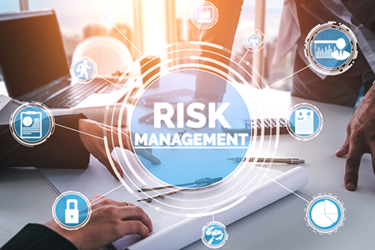Keys To Successful Risk Management In Clinical Trials
By Dawn Niccum, inSeption Group

It is indisputable that already difficult clinical studies are progressively getting tougher — in terms of patient recruitment, regulatory compliance, etc. — as well as longer and more complex. Organizations forged in this fire, rather than burned by it, strive to run high-quality studies, remain vigilant in risk management, and embed processes that prevent data from being lost or adverse events from undermining the study as a whole.
At the heart of this effort is risk management, the exercise of thinking in advance about study risks and implementing mitigation strategies in an attempt to reduce, eliminate, or accept said risks. Risk management is a comprehensive, high-level activity spanning the entirety of the clinical trial life cycle. It demands stakeholders identify critical study processes and calculate risk associated with those processes.
Risk management plans are dynamic, evolving regularly across the industry and within individual studies. Things currently included in every organization’s risk plan weren’t always considerations (e.g., pandemics) and things previously considered as risks occasionally are phased out.
Note that risk management and risk-based monitoring, often conflated as the same, are distinct activities. Risk-based monitoring incorporates some elements of risk management but is narrowly focused on monitoring your clinical trial.
Get unlimited access to:
Enter your credentials below to log in. Not yet a member of Bioprocess Online? Subscribe today.
